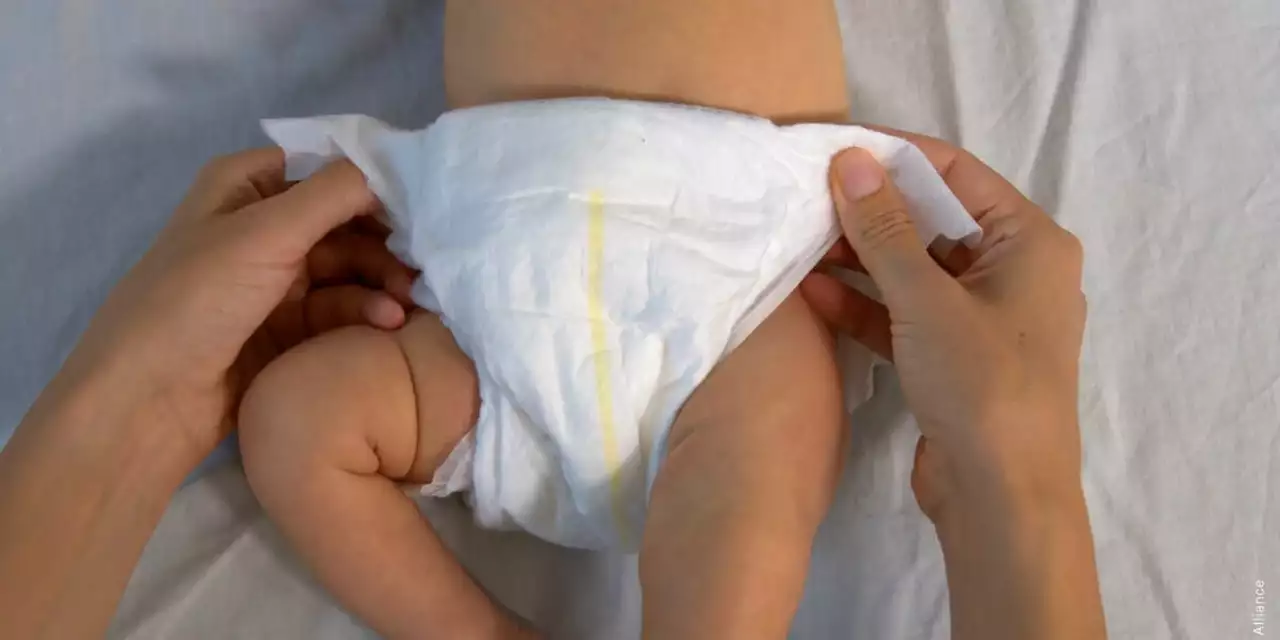Introduction: A Common Parenting Dilemma
As a parent, one of the most common dilemmas we face is choosing between cloth diapers and disposable diapers. This decision can be influenced by various factors such as cost, convenience, and environmental impact. However, one important aspect that every parent should consider is which type of diaper is better for preventing diaper rash. In this article, we will discuss the pros and cons of cloth and disposable diapers in terms of preventing diaper rash, so you can make an informed decision for your baby's comfort and health.
The Science Behind Diaper Rash
Before diving into the comparison between cloth and disposable diapers, it's essential to understand the science behind diaper rash. Diaper rash is a common skin irritation that affects babies, usually caused by prolonged exposure to wetness and friction from the diaper. This moist environment promotes the growth of bacteria and yeast, leading to skin inflammation and discomfort. Factors that can contribute to diaper rash include infrequent diaper changes, sensitive skin, and the presence of irritants such as chemicals and fragrances in diapers or wipes.
Cloth Diapers: A Natural and Eco-friendly Choice
Cloth diapers have been around for ages, and many parents swear by their effectiveness in preventing diaper rash. They are made from natural, breathable materials such as cotton, hemp, or bamboo, which can help keep your baby's skin dry and less prone to irritation. Cloth diapers are also free from harsh chemicals and fragrances that can be found in some disposable diapers, making them a great choice for babies with sensitive skin.
Pros of Cloth Diapers for Diaper Rash Prevention
Using cloth diapers has several advantages when it comes to diaper rash prevention. First, they are more breathable than disposable diapers, allowing air to circulate and reducing the risk of a moist environment that can cause irritation. Second, cloth diapers are free from chemicals and fragrances, which can be irritating to some babies' sensitive skin. Lastly, cloth diapers can be changed more frequently, which can help keep your baby's skin clean and dry.
Cons of Cloth Diapers for Diaper Rash Prevention
There are also some drawbacks to using cloth diapers in terms of diaper rash prevention. One of the main concerns is that cloth diapers may not be as absorbent as disposable diapers, which means your baby might feel wetter for longer periods. This can potentially lead to more frequent diaper changes, which can be inconvenient and time-consuming for busy parents. Additionally, if not washed and dried properly, cloth diapers can harbor bacteria and yeast, which can contribute to diaper rash.
Disposable Diapers: The Convenient Choice
Disposable diapers are a popular choice among parents due to their convenience and ease of use. They are made from synthetic materials and contain absorbent gels that can keep your baby's skin dry for longer periods. Some disposable diapers even have wetness indicators, making it easy for parents to know when it's time for a diaper change. But are disposable diapers better for preventing diaper rash?
Pros of Disposable Diapers for Diaper Rash Prevention
Disposable diapers have several advantages when it comes to diaper rash prevention. First, they are generally more absorbent than cloth diapers, which means your baby's skin stays drier for longer periods. This can help prevent the growth of bacteria and yeast that contribute to diaper rash. Second, disposable diapers are convenient and easy to use, making it more likely that parents will change them frequently, which is essential for preventing diaper rash. Lastly, disposable diapers are designed to wick moisture away from your baby's skin, further reducing the risk of irritation.
Cons of Disposable Diapers for Diaper Rash Prevention
There are also some disadvantages to using disposable diapers when it comes to diaper rash prevention. One of the main concerns is the presence of chemicals and fragrances in some disposable diaper brands, which can be irritating to sensitive skin. Additionally, disposable diapers are less breathable than cloth diapers, which can lead to a moist environment that promotes the growth of bacteria and yeast. Lastly, the cost of disposable diapers can add up quickly, which might lead some parents to change diapers less frequently, increasing the risk of diaper rash.
Conclusion: Which is Better for Preventing Diaper Rash?
Ultimately, the choice between cloth and disposable diapers for preventing diaper rash depends on your individual preferences and your baby's needs. Both types of diapers have their pros and cons, and it is up to you to weigh these factors and decide which option is best for your family. It's essential to remember that regardless of the type of diaper you choose, frequent diaper changes and proper skincare are crucial to preventing diaper rash. Listen to your baby's cues and consult with your pediatrician if you have concerns about diaper rash or other skin issues.


Sruthi V Nair
April 29 2023Understanding the root cause of diaper rash helps in choosing the right diaper type. Moisture trapped against the skin creates a breeding ground for microbes. Breathable fabrics allow air circulation which can reduce that risk. Chemical‑free materials also limit irritation for sensitive babies. Frequent changes remain the cornerstone of rash prevention.